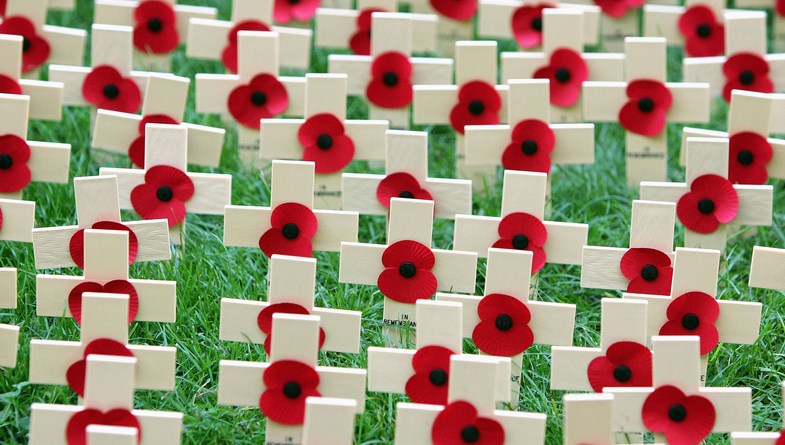November is an important month in the calendar year and a time when many people start wearing a poppy to commemorate Remembrance Day – the end of the First World War.
While the public is familiar with the Royal Canadian Legion’s red poppy, it’s not the only colour of poppy people wear.
These include white, purple and black, all of which honour other casualties of war.
The famous red poppy honours war veterans who gave their lives fighting during the First World War as well as other related conflicts. This traditional poppy symbolizes remembrance and hope.
Meanwhile, the white poppy, originating in 1933 in Britain, recognizes civilians who died during the war and symbolizes a desire for peace instead of war.
There have been debates as to whether the white poppy truly represented Remembrance Day or undermines the sacrifice of veterans.
Some people wear both.
And just when you thought that was it, there are two more colour variations of the poppy – black and purple.
According to Animal Alliance Canada, a Toronto-based non-profit organization, the purple poppy is a complimentary poppy to the red poppy and not meant to “undermine or reject” the red poppy.
This poppy recognizes the significant loss of animal life, such as horses, dogs and pigeons, that were often drafted into and victims of the war.
Lastly, the black poppy commemorates the war effort contributed by the black, African, Carribean and Pacific Islands communities. This poppy was introduced recently in 2010, and it signifies pride, honour and glory, according to Black Poppy Rose, a British organization.



